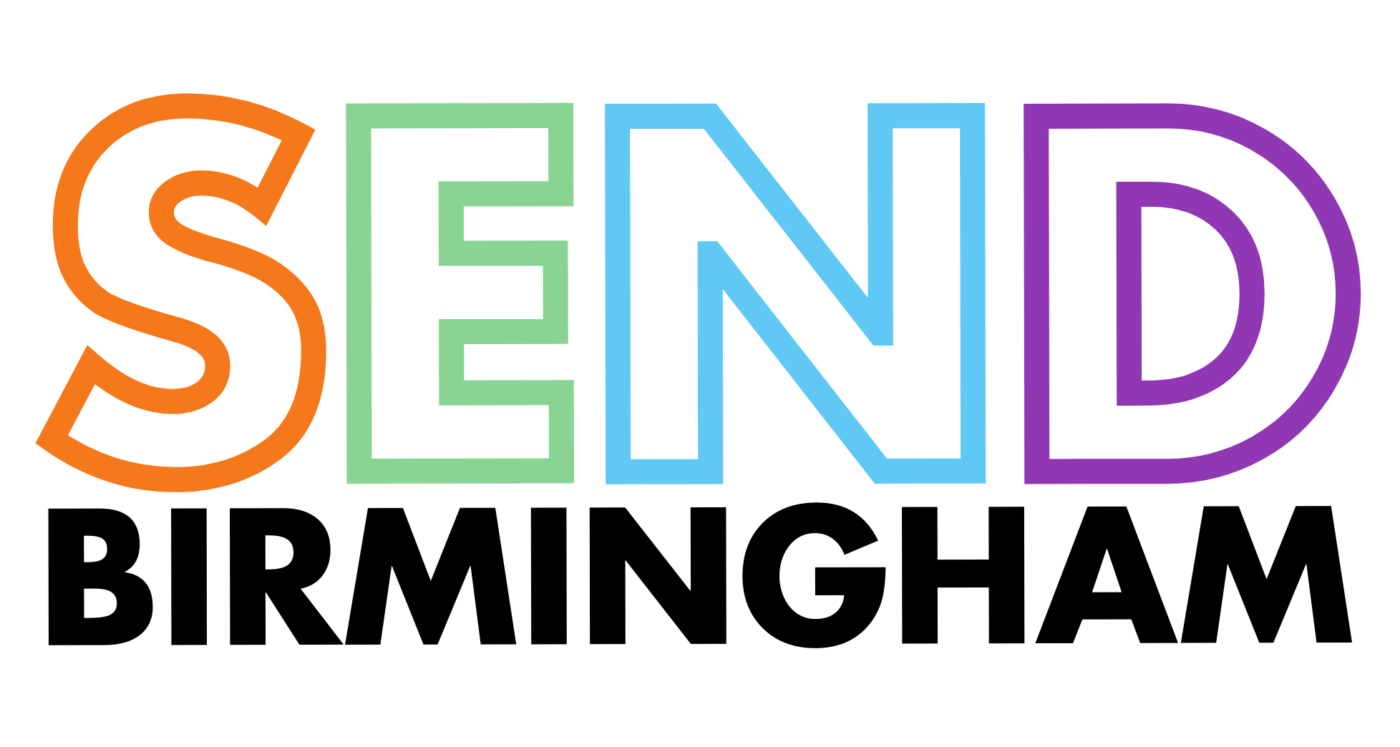Communication Approaches
Auditory Oral Approaches
Hearing children learn language through listening, and their language develops naturally. However, there are barriers for deaf children learning language in this way.
Hearing technology such as hearing aids and cochlear implants are vital for deaf children to learn language by listening alone. The technology must work optimally, and the environment must be quiet. In addition, some children will benefit from other assistive listening equipment such as radio aids. Deaf children will also use lip-reading to some extent.
Teachers of the deaf and specialist HLTAs and TAs from the Hearing Support Team can model, provide resources and advise on supporting language development.
Signs and Symbols
When auditory oral approaches are not appropriate, or they need to be supported through the visual channel, there are a number of options which vary depending on the needs of the individual.
Symbols: Widgit
Signing systems:
- Total Communication (TC): uses a range of approaches to create a system of communication that works for an individual.
- British Sign Language (BSL)
- Makaton – when the young person has a learning difficulty.
The Hearing Support Team can support with total communication and BSL, but not Makaton. HST have a qualified Sign Language Tutor who can offer introductory courses in different settings.
As a result of a child’s age and stage of language development, their preferred communication methods may change over time.

